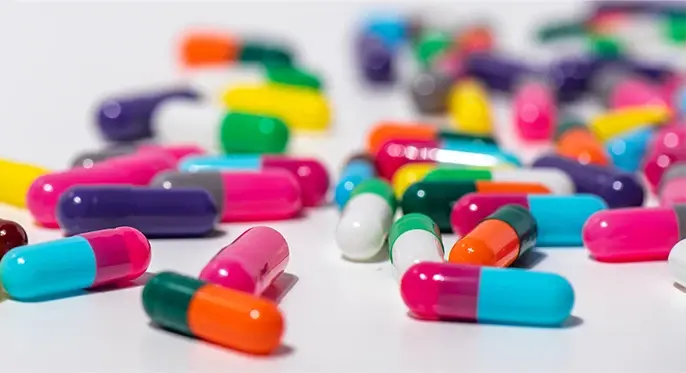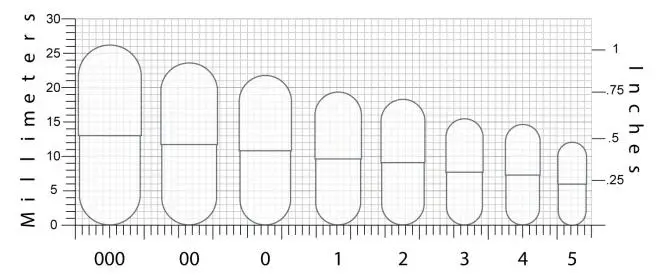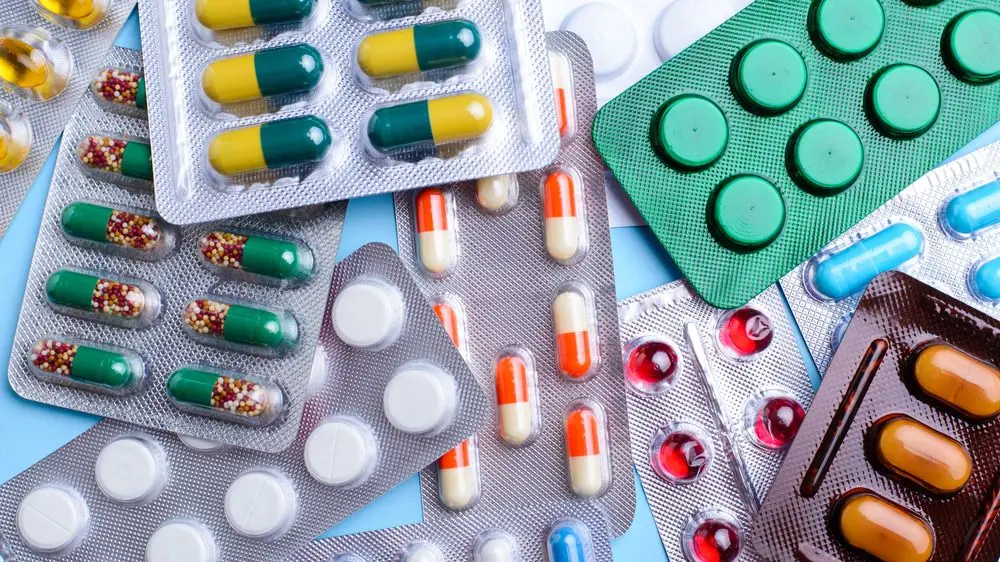
Hard capsules(commonly referred to as capsule)are pharmaceutical formulations made by suitable manufacturing techniques. These capsules consist of powdered, granular, or pelletized drugs or additives filled into hollow capsules.
Capsules are an oral solid dosage form for the delivery of life-saving drugs, mineral, vitamins or other healthy ingredients via supplements. These convenient packages enable reliable dosing, portability and high consumer compliance. Alternatives include more cumbersome liquid, powder or paste formulations.
Hard capsule formulations have dissolution time advantages over tablets and pills. By selecting different types of capsule materials, they can achieve targeted, timed, and quantified drug release purposes, such as enteric-coated capsules, rectal capsules, vaginal capsules, etc.
The capsule consists of two precision-machined capsule shells. Depending on the dosage of the medication, capsules come in a variety of sizes, with eight options ranging from sizes 000, 00, 0, 1, 2, 3, 4, to 5. The capsule can also be colored with printing for a unique custom designs.

How are medications filled into capsule shells?— Capsule Filling Machine
The capsule part has a conical edge, which can be successfully encapsulated in a high-speed capsule filling machine. The double locking ring system allows the capsule to be pre-locked before filling and fully locked after filling. The capsule design also includes ventilation holes to prevent unnecessary air pressure buildup inside the capsules during high-speed filling, thus avoiding rebound effects.
Drugs in capsules are generally targeted
1. For substances that are irritating to the esophagus and gastric mucosa in powder or granular form.
2. Substances with poor taste, volatile properties, prone to saliva decomposition in the oral cavity, or easily inhaled into the trachea.
The reasons for choosing capsules as dosage forms for these drugs are
1. By encapsulating these medications, both the drug's properties are protected from degradation and the digestive organs and respiratory tract are shielded.
2. Effectively masking any pungent odors from certain medications.
3. Removing the capsule shell may result in drug loss, wastage, and reduced efficacy.
4. Certain drugs need to be dissolved and absorbed in the intestine, and the capsule is a protection that protects the drug from being destroyed by stomach acid.
-
Easy to swallow
Capsules are usually small and easy to swallow, especially for those who have difficulty swallowing large pills or liquid medications, such as the elderly and children. -
Controlled-release technology
Capsules can use different controlled release technologies, such as slow release, delayed release, etc., to achieve long-term release of drugs in the body and improve the efficacy and tolerance of drugs. -
Drug stability
The capsule can provide good drug stability, protect the drug from external environment such as light, oxygen and moisture, and extend the drug's shelf life. -
Accurate dose
The dosage of the drug can be precisely controlled when the capsule is manufactured, ensuring that the amount of the drug taken by the patient is accurate each time, avoiding the inaccuracy of the dose measurement. -
Versatility in accommodating various types of drugs
capsules can contain various types of drugs, including solid, semi-solid and liquid, thus improving the scope of application of drugs. -
Easy identification and packaging
Capsules can be colored and labeled according to different drug types and dosages, which is easy to identify and distinguish, and easy for patients to take correctly. At the same time, the capsules are also easy to pack and can be easily mass-produced and transported.
-
blister packaging machine for capsule and tablet
Blister Packaging
Material: Often made from PVC (Polyvinyl Chloride), PVDC (Polyvinylidene Chloride), or aluminum foil.
Features: Capsules are individually sealed in pockets, providing protection from moisture, light, and contamination.
-
counting machine for capsule and tablet
Bottle Packaging
Material: Usually plastic (HDPE, PET) or glass bottles.
Features: Capsules are stored in bulk within the bottle, often with a desiccant to control moisture.
-

Strip Packaging
Material: Two layers of film (aluminum or plastic) are heat-sealed together around each capsule.
Features: Similar to blister packs but typically used for smaller quantities and offers strong protection.








